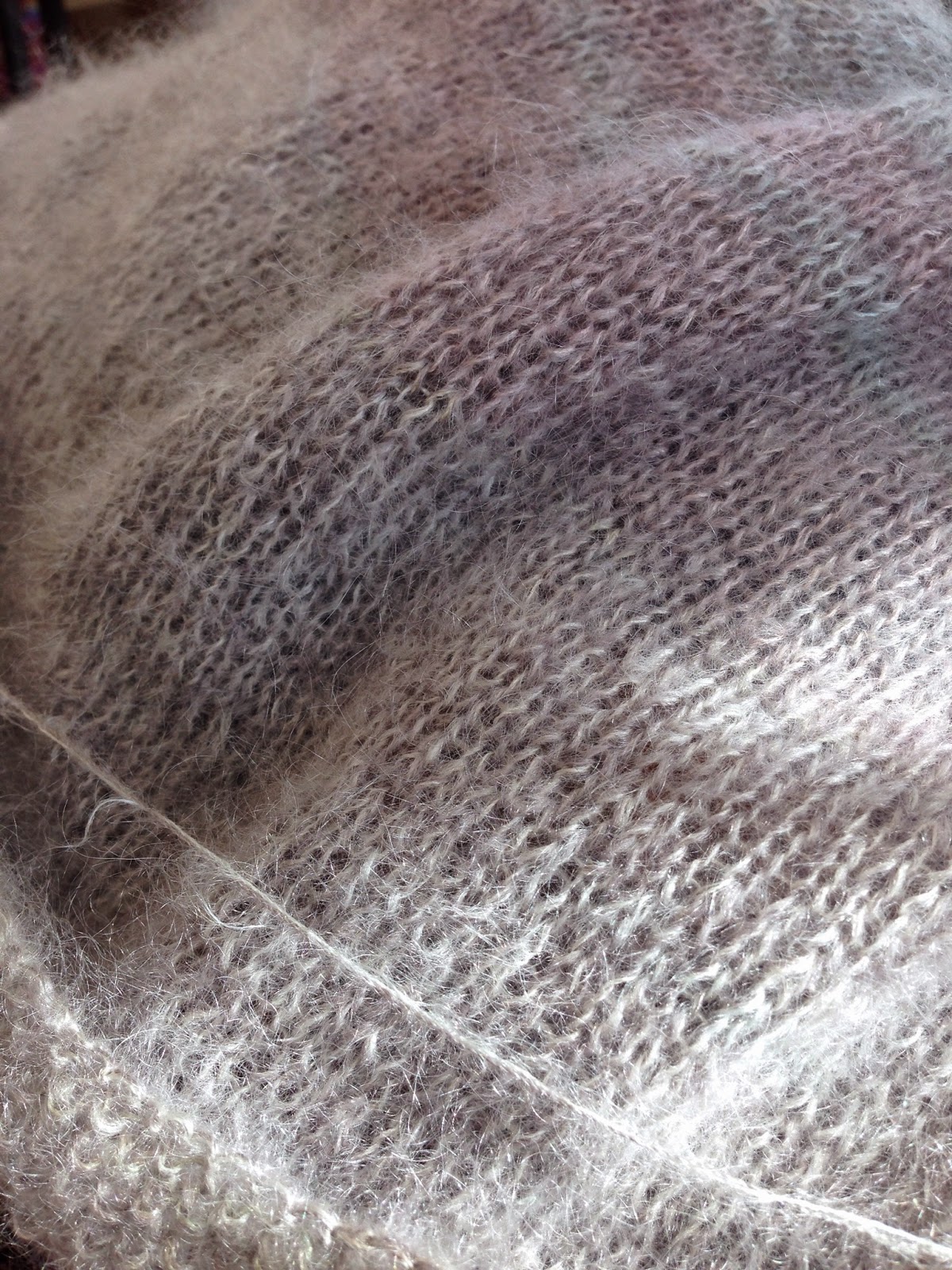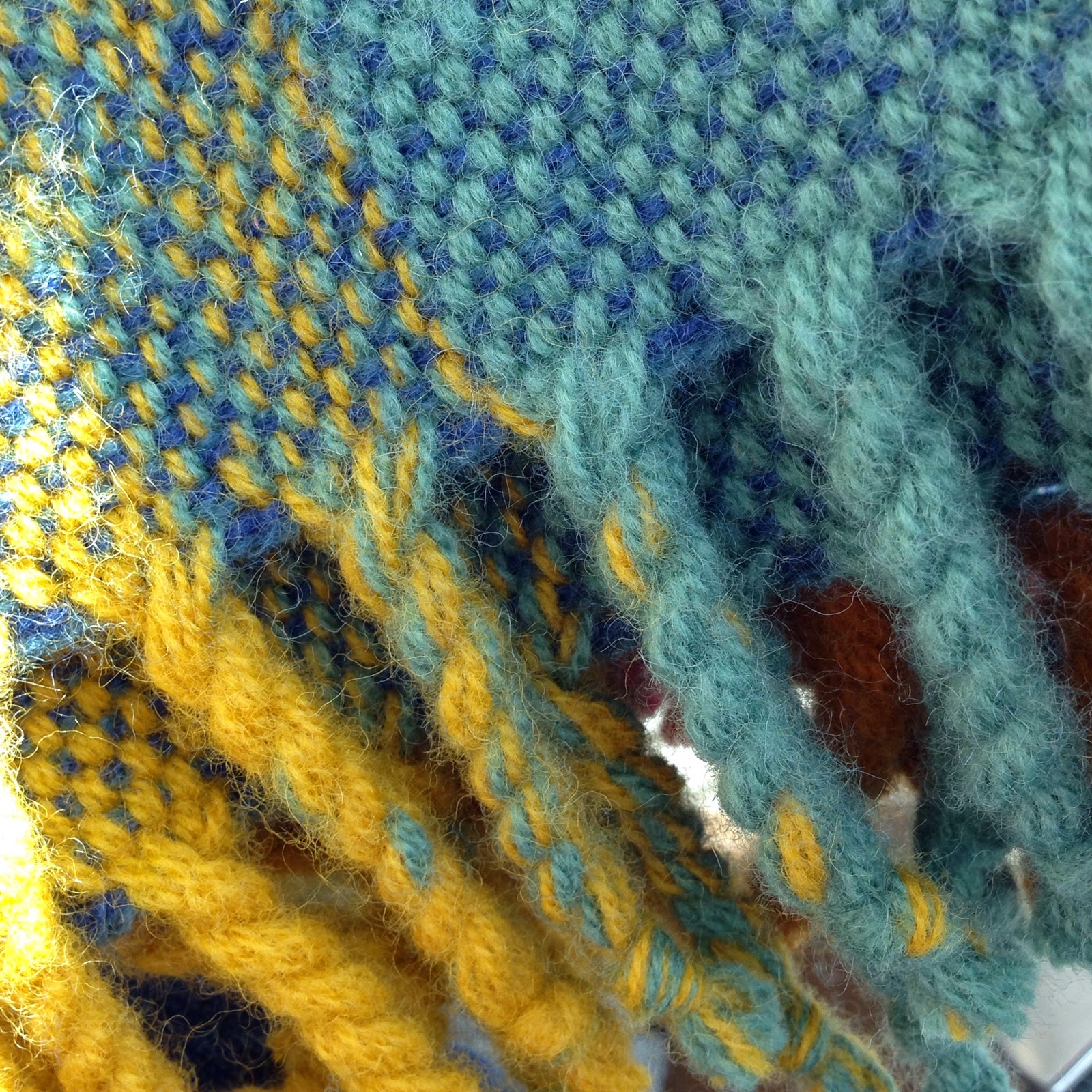Oh Yummy! Just when you think you'll hit that diet plan, here comes Carnival Season and
KING CAKE!
We are preparing for Mardi Gras--we bought our first King Cake: the best thing about these cakes is the fact that you can get all sorts of fillings. This one is pineapple cream cheese. Actually, my favorite is Cinnamon.
Here is Wikipedia info about King Cake. But, from living in Louisiana, we have our many traditions surrounding this tradition.
Enjoy some King Cake History!
A
king cake (sometimes rendered as
kingcake,
kings' cake,
king's cake, or
three kings cake) is a type of
cake associated in a number of countries with the festival of
Epiphany at the end of the
Christmas season; in other places, it is associated with the pre-
Lenten celebrations of
Mardi Gras/
Carnival.
What started out as a dry
French bread type dough with sugar on top and a bean inside 30 years ago, is now a sweet, sugary and iced
Danish type dough that is braided with cinnamon inside and a plastic doll underneath. King Cakes are made of a cinnamon filled dough in the shape of a hollow circle. They have a glazed topping and are sprinkled with colored sugar. Hundreds of thousands of King Cakes are eaten in
New Orleans during the Carnival season.
The cake often has a small plastic baby (said to represent
Baby Jesus) inside (or sometimes placed underneath), and the person who gets the piece of cake with the trinket has various privileges and obligations.
Just a little History:
The "king cake" takes its name from the biblical three
kings. In Catholic liturgical tradition, the Solemnity of
Epiphany - commemorated on January 6 - celebrates the visit of the Magi to the Christ Child. The Eve of Epiphany (the night of January 5) is popularly known as Twelfth Night (the
Twelve Days of Christmas are counted from Christmas Eve until this night). The season for king cake extends from the end of the Twelve Days of Christmas (
Twelfth Night and Epiphany Day), up until Mardi Gras, or "Fat Tuesday;" the day before the start of
Lent. Some organizations or groups of friends may have "king cake parties" every week through the Carnival season. In Portugal and France, whoever gets the
King cake trinket is expected to buy the next cake for these get-togethers.
It is a popular food item during the Christmas season (Christmas Eve to Epiphany) in Belgium, France,
Quebec and Switzerland (
galette or
gâteau des Rois or
galette des rois), Portugal (
bolo rei), Spain, and Spanish America (
roscón or rosca de reyes and
tortell in Catalonia), Greece and Cyprus (
vasilopita) and Bulgaria (
banitsa). In the United States, Carnival is traditionally observed in the
Southeastern region of the country, particularly in
New Orleans,
Saint Louis,
Mobile,
Pensacola,
Galveston, and other towns and cities of the
Mississippi Gulf Coast. In this region, the king cake is closely associated with
Mardi Gras traditions and is served throughout the Carnival season, which lasts from Epiphany Eve to
Fat Tuesday.
[2]
It’s believed the festivities of Carnival were brought to Louisiana by French-Canadian explorer
Pierre Le Moyne Sieur d’Iberville. He led an expedition on behalf of the French crown and on March 2, 1699, he set up camp along the Mississippi River, 60 miles south of the present location of New Orleans. It just so happened the next day was
Mardi Gras, and so began its celebration. The King Cake tradition is thought to have been brought to New Orleans from
France in 1870.
[3] Now, as part of the celebration, it is traditional to bake a cake (King Cake) in honor of the three kings. The official colors of Mardi Gras–created in 1872 by the Krewe of Rex–purple for justice, green for faith, and gold for power.
[4]
Related culinary traditions are the
tortell of
Catalonia, the
gâteau des Rois or
reiaume in
Provence or the
galette des Rois in the northern half of
France, and the
Greek and
Cypriot vasilopita. The
galette des Rois is made with
puff pastry and
frangipane (while the
gâteau des Rois is made with
brioche and
candied fruits). A little bean was traditionally hidden in it, a custom taken from the
Saturnalia in the
Roman Empire: the one who stumbled upon the bean was called "king of the feast." In the
galette des Rois, since 1870 the beans have been replaced first by
porcelain and now by
plastic figurines. The
gâteau des Rois is known as
Rosca de Reyes in Mexico.
Samuel Pepys recorded a party in London on Epiphany night, 6 January 1659/1660, and described the role the cake played in the choosing of a "King" and "Queen" for the occasion: "...to my cousin Stradwick, where, after a good supper, there being there my father, mothers, brothers, and sister, my cousin Scott and his wife, Mr. Drawwater and his wife, and her brother, Mr. Stradwick, we had a brave cake brought us, and in the choosing, Pall was Queen and Mr. Stradwick was King. After that my wife and I bid adieu and came home, it being still a great frost."
[5] The choosing of King and Queen from the pie, usually by the inclusion of a bean and a pea, was a traditional English
Twelfth Night festivity. The cake was called a "Twelfth Cake", "Twelfth-night cake", or "Twelfth-tide cake".
[6]





























































